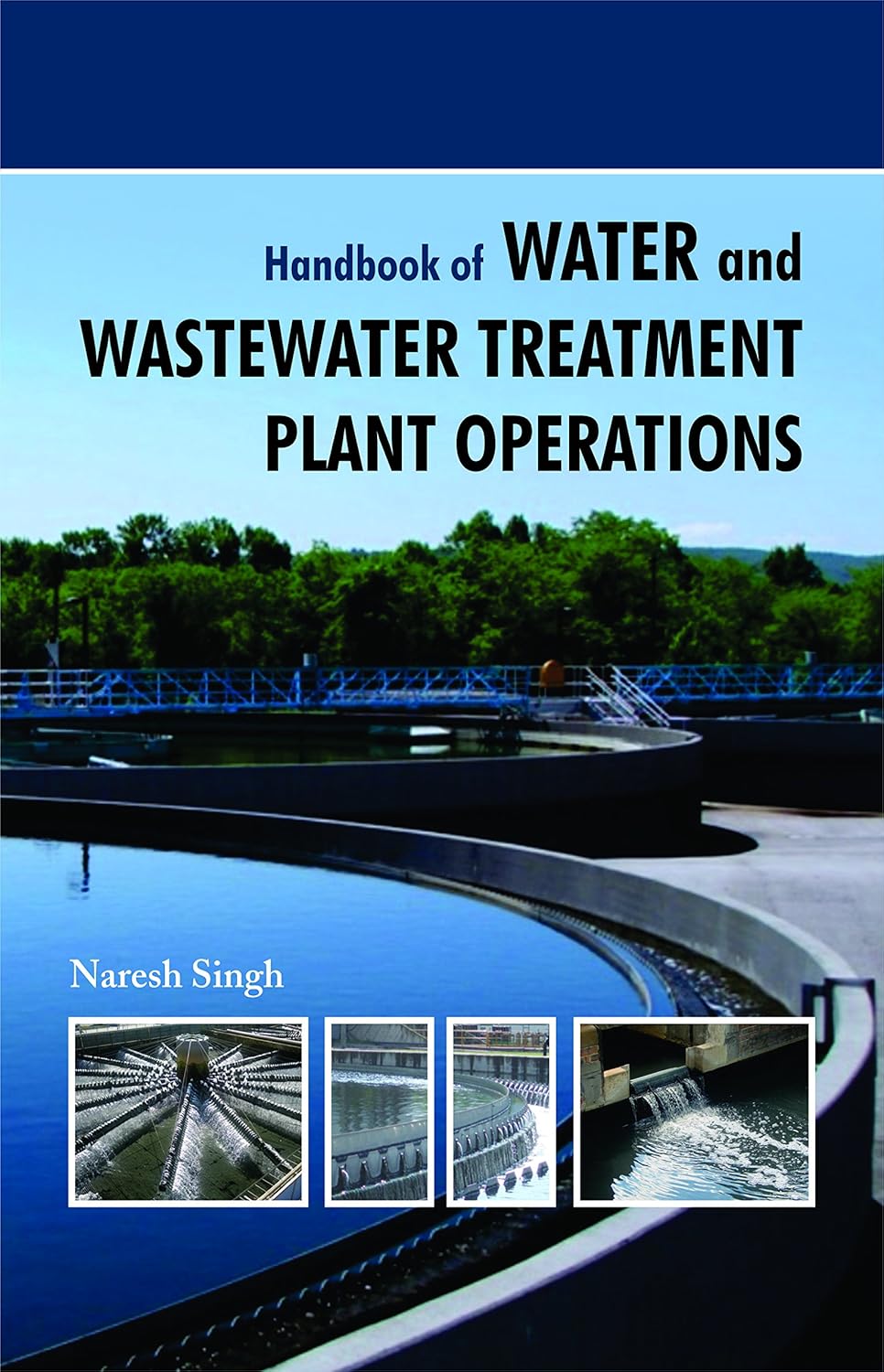Handbook of Water and Wastewater Treatment Plant Operations
Handbook of Water and Wastewater Treatment Plant Operations
Couldn't load pickup availability
The term “water treatment” generally refers to potable water production from raw water, whereas “wastewater treatment” refers to the treatment of polluted water, where the pollution could be from human waste, industry, agricultural waste or other sources of pollution. The processes involved in treating water for drinking purposes to provide a safe source of water supply may be solids separation using physical processes such as settling and filtration, and chemical processes such as disinfection and coagulation. Water purification is the removal of contaminants from untreated water to produce drinking water that is pure enough for the most critical of its intended uses, usually for human consumption. Substances that are removed during the process of drinking water treatment include suspended solids, bacteria, algae, viruses, fungi, minerals such as iron, manganese and sulfur, and other chemical pollutants such as fertilisers. This book follows a non-traditional paradigm based on real-world experience and proven parametres. The objective of this book is to present the technical and nontechnical issues that are most commonly addressed in the planning and design for wastewater treatment facilities.
Share

